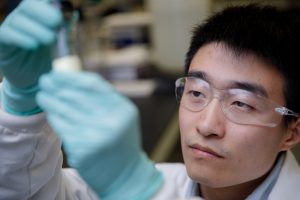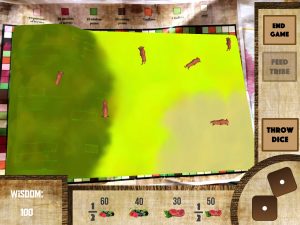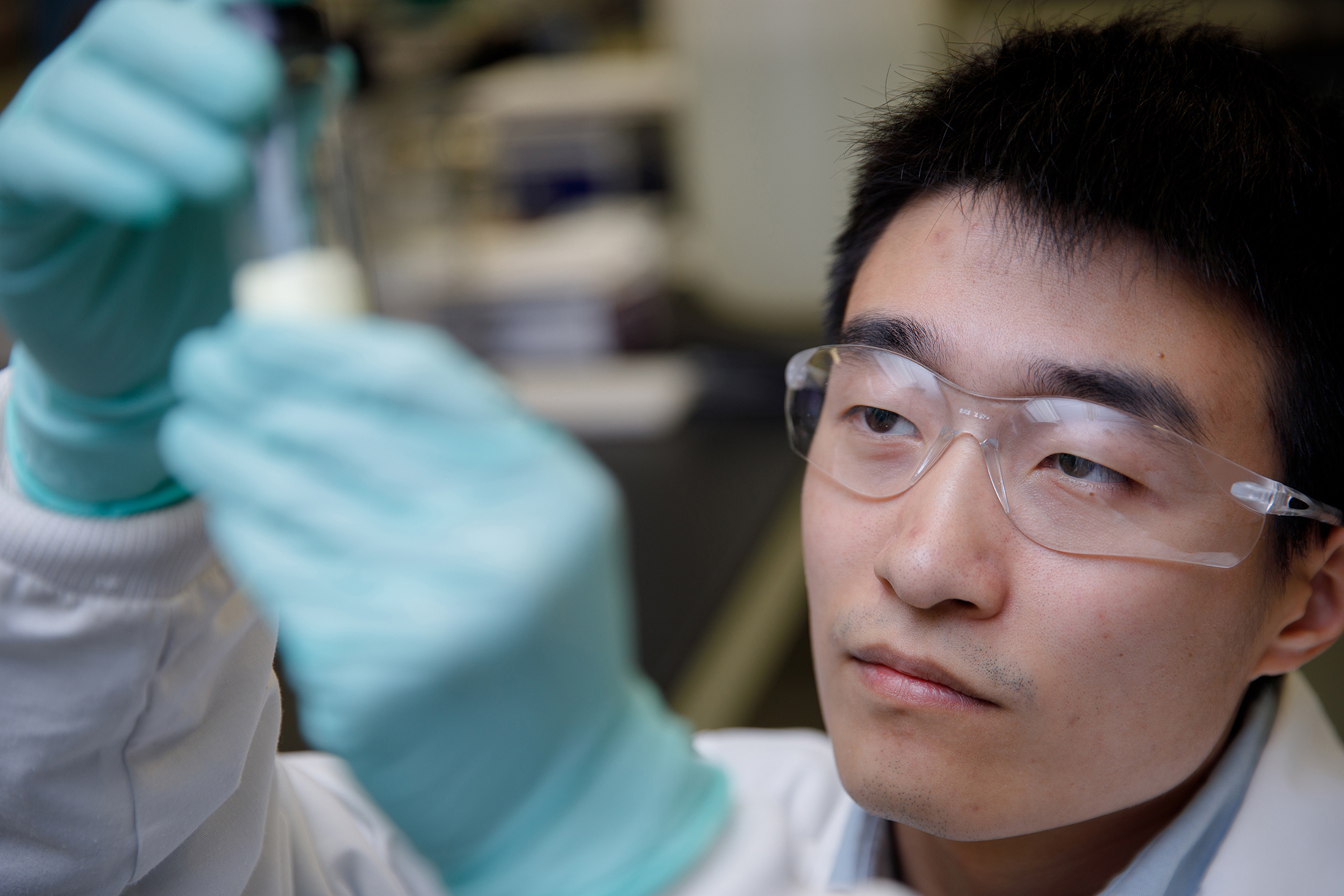
Technologies developed by The University of Alabama continue to find success in getting a boost from a national program for innovation.
Two inventive projects are participating in the National Science Foundation Innovation Corps, or I-Corps, Teams program. It provides university researchers entrepreneurial education, mentoring and funding to accelerate innovation to attract third-party funding and bring technology to the market.
With seven active projects, UA is the only institution in the state with current I-Corps teams and has the third most nationwide.
“The University’s continued success in earning support through the NSF I-Corps program is a testament to the ingenuity of our researchers,” said Dan Blakley, UA associate vice president for economic and business engagement. “Spin-off technologies enrich the educational experience of our students and benefit our state’s economy.”
UA’s NSF I-CORP site is a partnership between the Office for Research and Economic Development and the Culverhouse College of Business. UA’s site director is Dr. Robert Morgan, professor of marketing and also director of the STEM Path to the MBA Program.
“I-Corps training encourages science and technology researchers to ‘get out of the building’ and talk to potential customers, to discover what challenges they are facing,” Morgan said. “Repeatedly, the program has found that when researchers engage with the eventual consumers of their technologies, they find that commercialization success improves dramatically.”
The two UA projects in the cohort that ends in February include a math game for children using augmented reality and a new way to capture pollutant gasses emitted from vehicles shortly after cranking.
Members of both teams attended training through a seven-week curriculum to help them achieve a commercial impact with their innovation. I-Corps Team awards support the team’s participation in the curriculum and their customer discovery work.
The math game was created by Jiaqi Yu, a graduate student in UA’s College of Education. It began as a traditional board game she developed for a summer math camp for children on an American Indian reservation, and she later added the augmented reality that allows students to play using smart phones and tablets with the board to make it more engaging while keeping the social aspects of a board game.
“Using digital tools to offload procedures of the game can help them focus on the math content,” Yu said. “The students on the reservation really loved it, so we think we can help many more students.”
Players form teams to work together, using math skills targeted to the players’ level, to make it around the board using economic and resource management to be successful.
“The game allows the player to build the foundation knowledge so different levels can play,” she said.
Dr. André R. Denham, UA associate professor of instructional technology, is Yu’s graduate adviser and a researcher of educational games.
“The research is very strong in support in showing well-designed games – not all games – can help kids improve math concepts,” Denham said. “There is better retention and more learning when students are engaged with the material, and this game raises the engagement level because the student is learning the math concepts at a deeper level.”

As part of the I-Corps program, the participants interviewed teachers, school administrators, parents and professionals in educational technology to understand the market for the game. The game needs more development, but the process has proven there is an avenue for the game to be a viable product, Yu said.
The other I-Corps project is a way to fine-tune the shape of a metal oxide powder at the atomic level to use as a coating to convert pollutants from combustion engines. The powder, cerium oxide, is used in chemical reactions commercially, but a process developed at UA shapes the metal oxide into tiny rods that better convert carbon gasses at lower temperatures.
The initial application could be vehicles. Catalytic converters use a chemical reaction to remove much of the harmful gasses from emissions, but the converters do not begin working until the engine is hot.
“It’s a very short time, but it’s when the car releases most of the pollutant gasses, which is not good for the environment or us,” said Dr. Ruigang Wang, UA associate professor of metallurgical and materials engineering and leader of the research.
Wang’s nano-shaped cerium oxide can begin converting gasses at a much lower temperature. It could be coated onto the ceramic honeycomb inside catalytic converters, allowing them to being working almost as soon as the car is cranked.
Cerium oxide is also cheaper than many of the other platinum group metals used in current catalytic converters, so there is a potential for cost savings. It also has potential applications outside vehicles, Wang said.
As part of I-Corps, Wang and the team’s entrepreneurial leads, graduate students Junhao Li and Zhongqi Liu, talked with companies in the auto industry to better understand how their product could fit the needs of manufacturers. Wang said the next step is to find an industrial partner to test the coating.
